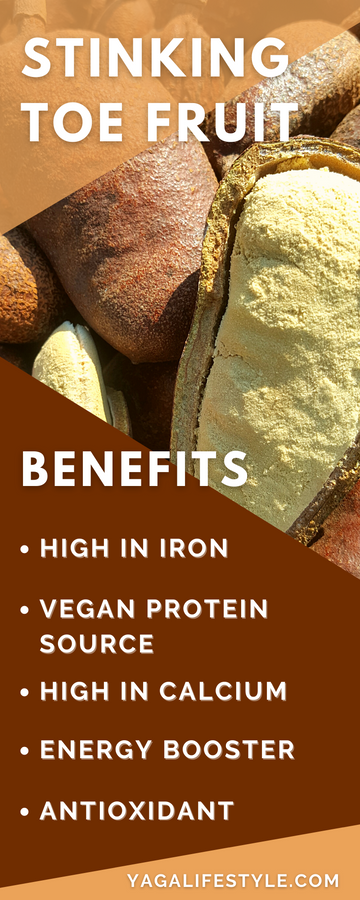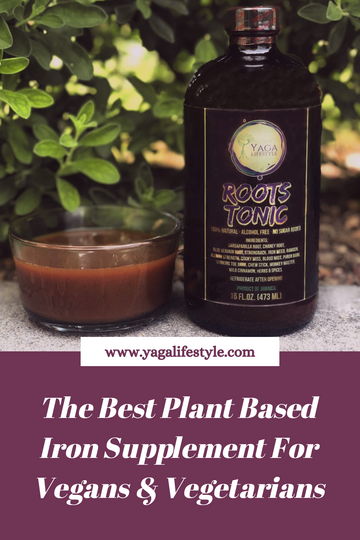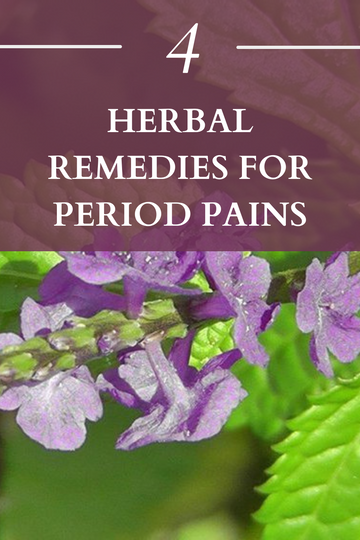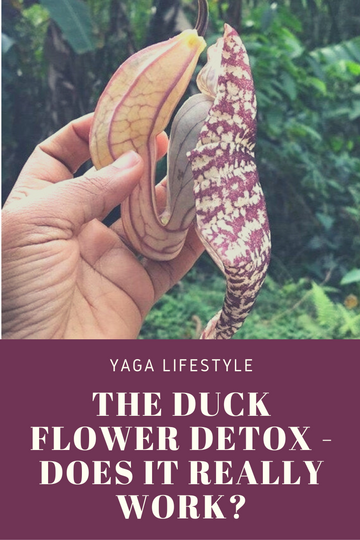Stinking Stinky Toe Fruit - Smells Bad, Tastes Good! | Yaga Lifestyle
by Yaga Lifestyle on Jan 07, 2022

 Stinking Toe is the quirky name of a deliciously funky fruit from Jamaica that is being touted as the next big superfood. The impressive nutrition facts of Stinking Toe puts in the ranks of the most nutritious fruits in the world.
Stinking Toe is the quirky name of a deliciously funky fruit from Jamaica that is being touted as the next big superfood. The impressive nutrition facts of Stinking Toe puts in the ranks of the most nutritious fruits in the world.
What is Stinking Toe Fruit?
Stinking Toe is the fruit of the West Indian Locust tree (Hymenaea courbaril) that is found in Jamaica, as well as Brazil, Mexico and Central and South America. It is known as Stinky Toe, Jatoba, Guapinol, Locust Fruit, and Courbaril. The mature fruit is a hard brown pod, shaped like a big toe. When the pod is cracked open, the flesh inside is a cream-colored powder with 3 or 4 large black seeds under the flesh.
How does Stinky Toe Taste?
Does stinking toe fruit live up to its name? Yes and no. It does have a pungent odor when the pods are freshly cracked, but the sweet powdery flesh inside has a creamy banana/vanilla taste that goes well with smoothies, porridges, cakes and sweet breads.
Health benefits of the Stinking Toe Fruit
This fruit is rather underrated even though it comes packed with medicinal and nutritional benefits. It contains many minerals like iron, calcium, and vitamins. It is also known to be a natural energy booster and helps to alleviate headaches, asthma, diarrhea, general fatigue, rheumatism, constipation, prostate problems, athlete's foot, laryngitis, nail fungus, and bronchitis. There doesn’t seem to be a lot it can’t do!
Because it is so rich in magnesium, vitamin C, potassium, calcium, and phosphorous, with even more potassium in it than bananas and more calcium than milk, it is considered to be a natural energetic. But let’s look at all the health benefits:
- Keeps the eyes healthy - OK, it might not be good for your nose! But it helps the eyes because it has vitamin A in it as well – excellent for diseases of the eye.
- Wards off iron-deficiency anemia - The mineral, iron, is necessary for the body for the production of red blood cells, allowing the bloodstream to transport oxygen. Without the necessary iron in your body, you become anemic.
- Increases energy - The Stinking Toe fruit is known for its energy-boosting properties. That’s why athletes and bodybuilders often add this fruit to their smoothies to enhance their performance.
- Slows down the aging process - With all its antioxidants, which have the ability to neutralize free radicals that damage healthy cells of the body and this is where this fruit comes in – it slows down aging in your body. Antioxidants are known to manage oxidative stress and inflammation in the body which if insufficient can lead to cancer, osteoarthritis, and heart disease
- Source of carbohydrates Stinking Toe is rich in carbohydrates which make it effective in supplying people with good, healthy amounts of energy. It also contains fructose, a natural and important sugar that contributes to providing energy.
- Antifungal - Stinking Toe Fruit has strong antifungal properties so if you suffer from health problems like nail fungus or athlete’s foot you can apply it topically for relief, or eat it to treat these conditions. Who suffers from nightmarish urinary tract infections and bladder infections? Those who have will know the terrible discomfort. This fruit serves to help with this, both taken internally and to use as a douche for yeast infections.
- Respiratory system - This amazing fruit also has anti-inflammatory properties. These help to reduce the inflammation which is present in the respiratory tract, as well as helping with asthma and bronchitis. Stinking Toe fruit is recognized also as being an inhibitor of the enzyme 5-lipoxygenase – which is involved in the production of prostaglandin. What are prostaglandins? They are inflammatory agents, and one particular one, leukotriene B4, is responsible for inflammation in air passage
Stinking Toe Fruit Nutrition Facts
Nutrition Facts per 100g serving
More about the mysterious Stinking Toe fruit
- This fruit was first noted in Brazilian herbal medicine back in the 1930s. This unusual tree; the West Indian Locust tree;
- The shell of the pod is actually very hard, about 5 cm thick. But inside the shell, you will find the fruit, looking like cream-colored powdery flesh. And it’s actually not juicy at all, in fact,
- You would think with all that sweetness and fleshy type fruit; it would be high in calories. But no, it is low in calories and high in carbohydrates. Some people say it is like an appetite enhancer, as well as an aphrodisiac, packed with plenty of vitamin A and iron. There have been some studies done on the flesh of this fruit which show that the fruit contains antifungal, antibacterial, and antimicrobial properties.
- The fruits of the West Indian Locust tree become mature during the rainy seasons of their native countries. Then they are harvested during the summer months. The strange smelling odor is actually a sign that the fruit is ripe and ready to be eaten. If there is no odor, then the fruit is likely to be rotten! What you see inside the pod which can be about six inches long and about two inches wide are around two to six big red-colored seeds. They are actually put to good use too, being used for art pieces and jewelry.
Stinking Toe Punch Recipe
You can pair Stinking Toe with other fruits like passion fruit and pineapple and in the Caribbean, it is even made into ice cream.
Refreshing Stinking Toe Punch Recipe
Ingredients
- 2-3 Stinking toe fruits (shell them, using only the pulp)
- Half-gallon cane juice
- 1 Teaspoon of nutmeg or any spice of your choice
- 1 Quart (or 946.35 ml) spring water
- Juice of 1 lime (optional)
Directions
Blend the stinking toe fruit pulp with the spring water and cane juice. Add nutmeg or any spice of your choice and blend briefly. Serve chilled. Its pulp is also great for smoothies.
Even though the children enjoy eating the pulp raw, the stinking toe is used a lot for baking, cooking, and blending. The Jamaicans blend the pulp with sugar, water, and some spices for a delicious beverage. Back in Brazil, the fruit is known as jatobá, where bakers use the dried powder of the pulp to make a biscuit type of pastry called broinha. In Central and South America, the fruit is used for its medicinal benefits.




